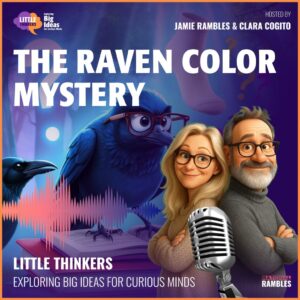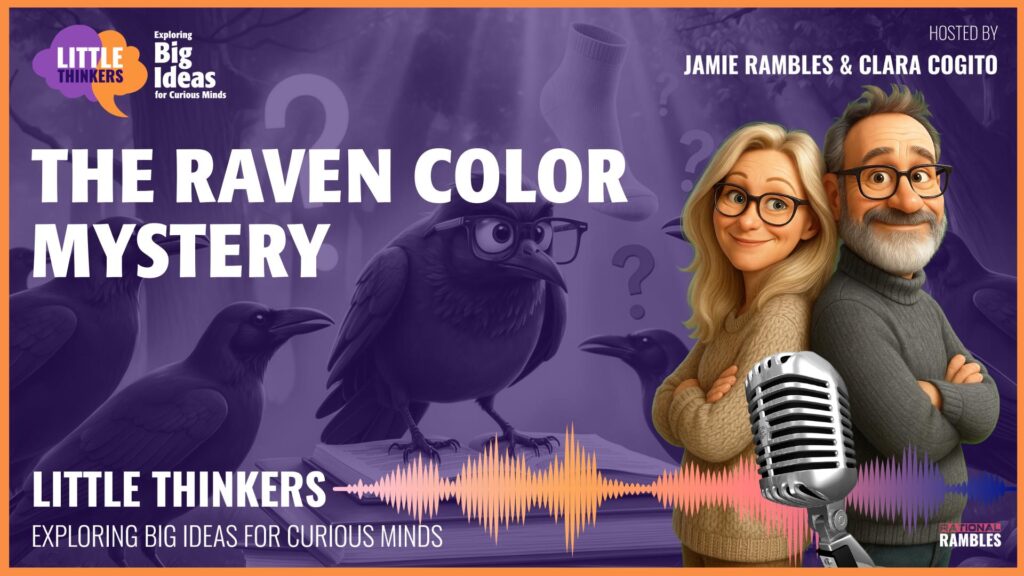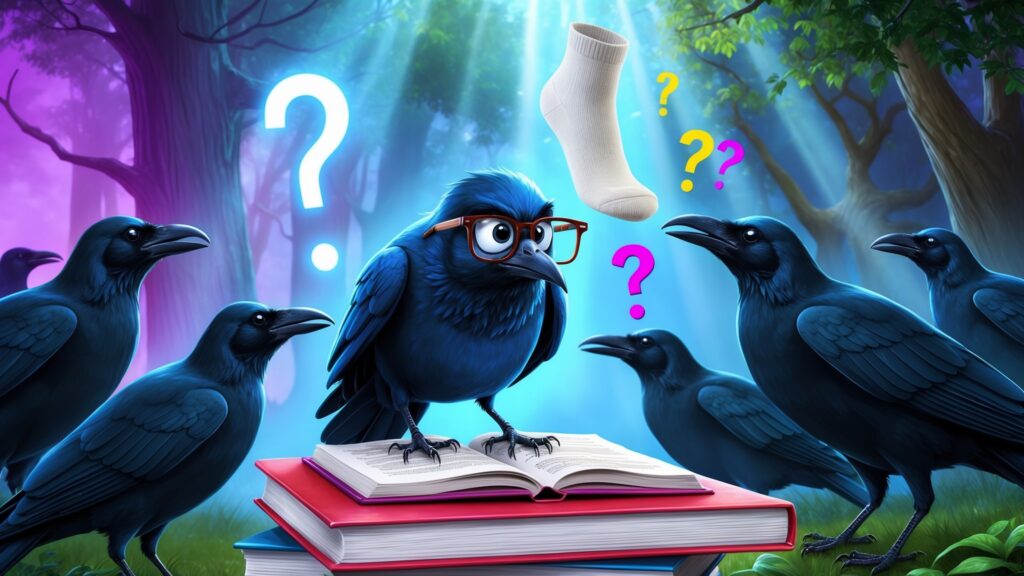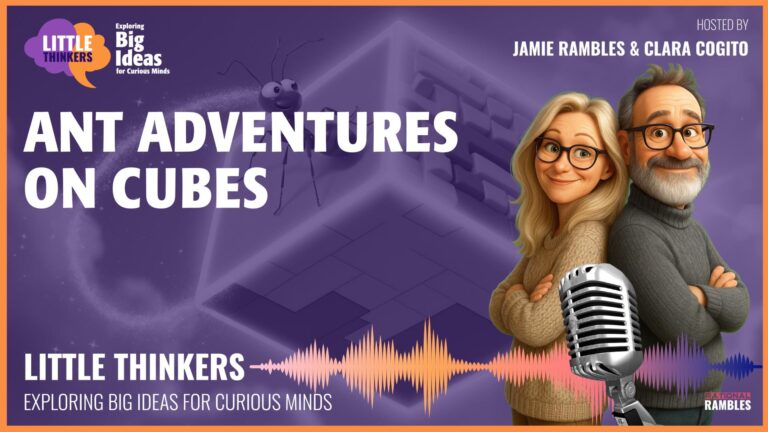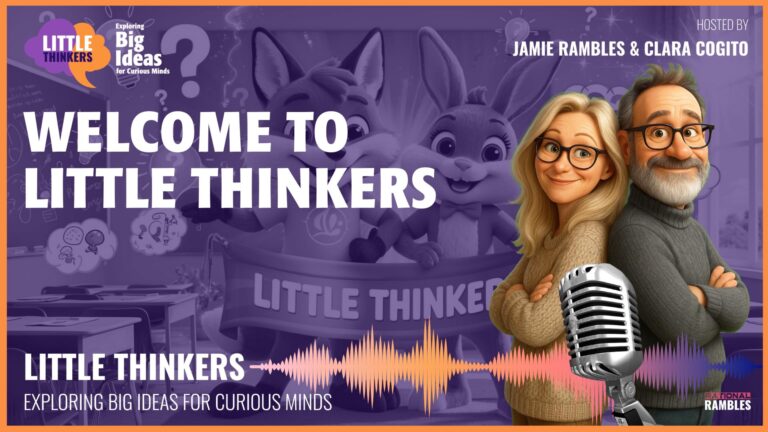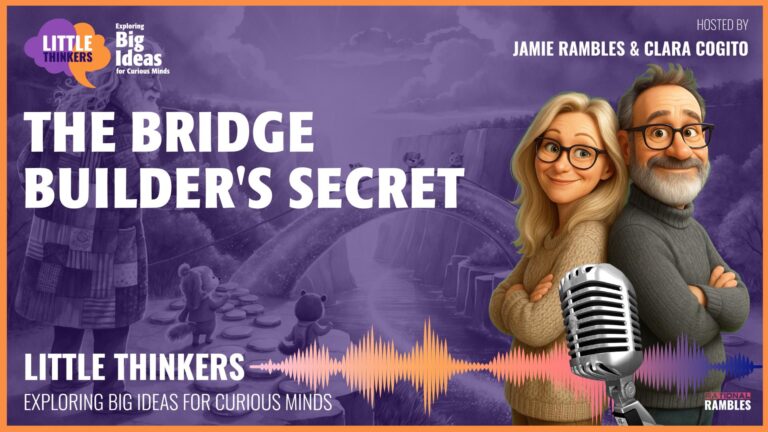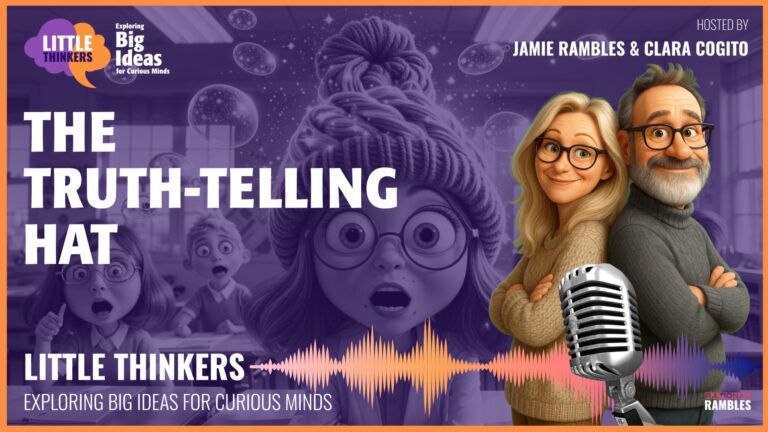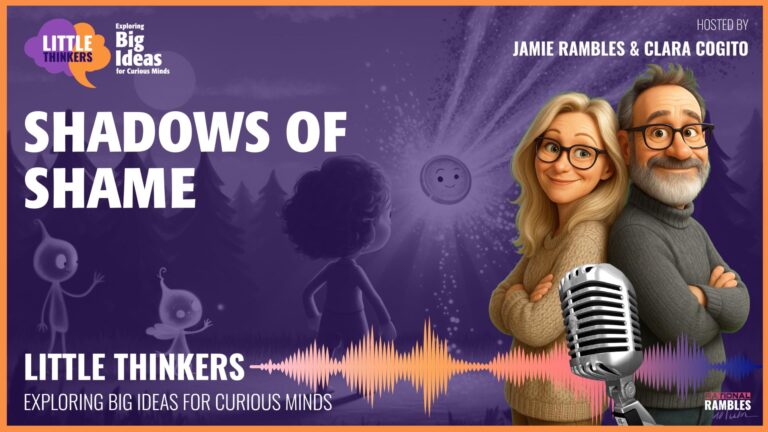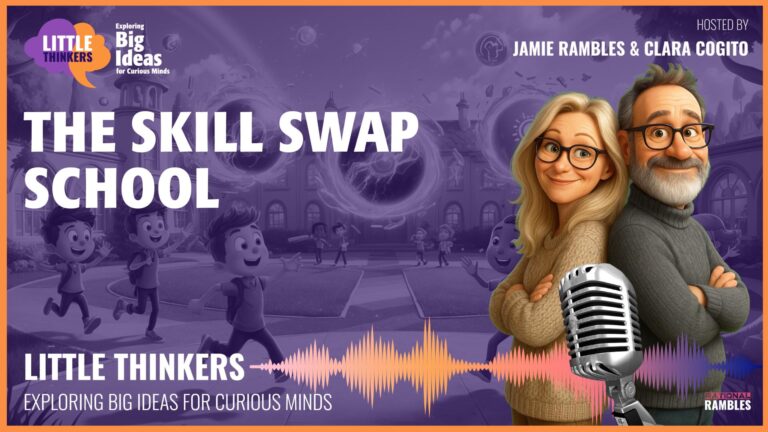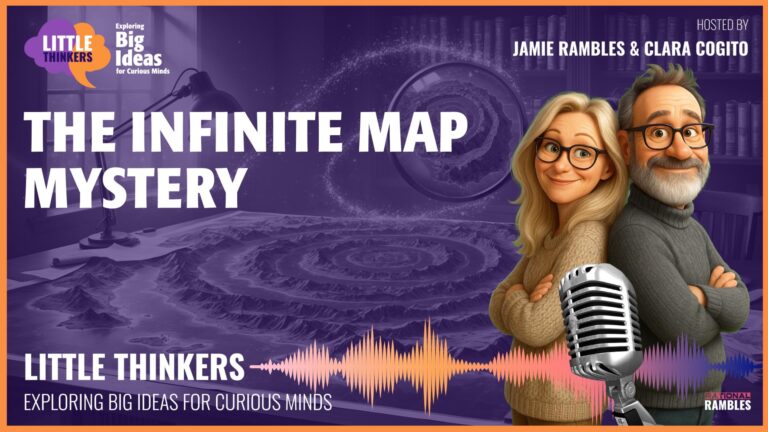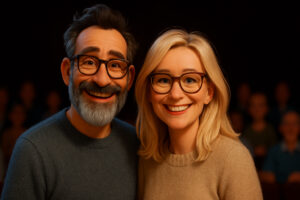The Amazing Raven Color Mystery: A Logic Adventure!
Have You Ever Wondered About Ravens?
Have you ever seen a big black bird with a shiny beak hopping around or flying in the sky? That might have been a raven! Ravens are super smart birds that are usually black. But today, we’re going to explore a really funny brain puzzle about these clever birds that might make your brain feel a little fizzy!
The Curious Case of Black Ravens
Let’s start with something that seems really simple. If I say, “All ravens are black,” how would you check if that’s true?
You might think, “That’s easy! I’d just look at lots and lots of ravens and see if they’re all black.” And you’d be right! If you found even ONE purple raven, then not all ravens would be black.
But there’s a big problem – there are SOOOOO many ravens in the world! You can’t possibly check every single one. You’d have to travel to every country, look in every tree, and that would take forever and ever!
A Tiny World Example
Let’s imagine a tiny world with only four things in it:
- A black raven
- A black shoe
- A white sock
- A yellow banana
In this tiny world, is the statement “All ravens are black” true? Well, there’s only one raven and it IS black, so yes! The statement is true in our tiny world!
The Mind-Boggling Twist!
Now here comes the really weird part that might make your brain go all wobbly. The statement “All ravens are black” means EXACTLY the same thing as “Everything that’s not black is not a raven.”
Whaaaaat? How can those be the same thing? Let’s check in our tiny world:
The white sock isn’t black, so according to our rule, it shouldn’t be a raven. Is it a raven? No, it’s definitely a sock!
The yellow banana isn’t black either, and it’s not a raven, it’s a banana! So that statement is true too!
The Sock Surprise
Here’s where it gets SUPER strange: if finding a black raven helps prove “all ravens are black,” then finding a white sock ALSO helps prove it! Isn’t that bizarre?
It feels really wrong, like saying finding a pizza tells us something about the moon! But in the world of logic (that’s the kind of thinking where everything follows strict rules), this is called logical equivalence (that means two statements that mean the same thing).
Team Raven-Proof!
Think about it this way: every time you find something that’s not black, you check – is it a raven?
- Red fire truck: Is it a raven? Nope!
- Green grass: Is it a raven? Nope!
- Yellow sun: Is it a raven? Definitely not!
And if you EVER found something that wasn’t black but WAS a raven – like a white raven – then our rule “all ravens are black” would be broken! But each time you find something not-black that’s also not-a-raven, the rule stays safe!
The Cookie Jar Test
Imagine you want to check if all the cookies in the cookie jar are chocolate chip. What’s the best way to do it?
You could look at all the cookies in the jar (like checking ravens).
OR you could check every single thing in your house that’s NOT a chocolate chip cookie and make sure none of them are cookies from the jar (like checking socks and bananas).
Which way sounds easier? Checking the cookies directly, of course! This is why scientists say finding an actual black raven gives us much stronger evidence than finding a white sock.
Let’s Play the Logic Game!
You can play this game with any “All X are Y” statement. Let’s try a few:
Elephant Game
If I say “All elephants have trunks,” that’s the same as saying “Everything without a trunk is not an elephant!”
So your teddy bear doesn’t have a trunk, and it’s not an elephant! Your bicycle doesn’t have a trunk, and it’s not an elephant! They all help prove your rule!
Barking Dogs Game
Try this one: “All dogs bark.” That means… “Everything that doesn’t bark is not a dog!”
So a quiet goldfish helps prove that all dogs bark! A silent bookshelf helps prove all dogs bark! Even though they don’t tell us anything about actual dogs!
But wait! What about a sleeping dog that’s not barking right now? It’s not barking, but it IS a dog! This shows that we need to be careful with our words when playing logic games. Maybe we should say “All dogs CAN bark” instead.
Why Our Brains Get Fizzy
The raven puzzle isn’t wrong – it just feels weird to our brains because we don’t usually think that way. Our brains like to take shortcuts, which is usually helpful. When we think about ravens, we naturally focus on ravens, not socks or bananas!
The raven puzzle (scientists call it the “Raven Paradox”) just shows how logical rules can sometimes surprise us!
Team Raven-Proof Everywhere!
Once you understand this puzzle, you might start seeing evidence everywhere!
- Your red backpack is helping prove ravens are black
- Your orange juice is helping prove ravens are black
- Your blue crayon is helping prove ravens are black
Everything that’s not black and not a raven is on Team Raven-Proof! But remember, finding actual black ravens is still the most helpful way to check if ravens are black.
Scientists Think This Way!
Scientists use this kind of thinking to solve tricky problems all the time. They have to be very careful about what their evidence really proves.
Logic puzzles like the Raven Paradox help scientists make sure their thinking is correct, even when it feels strange to our everyday brains.
Paradox Power
A paradox is something that seems impossible or contradictory but is actually true. There are tons of fun paradoxes that can make our brains feel wobbly!
For example, did you know that in a room with just 23 people, there’s a more than 50% chance two people share a birthday? That sounds impossible when there are 365 days in a year, but it’s actually true!
Your Turn to Think!
Next time you see something that’s not a raven and not black, you can smile knowing you’ve found one more tiny piece of evidence that all ravens are black!
And if you ever see a white raven, or a purple one, or a rainbow-colored one, you’ll know you’ve found something REALLY special that breaks the rule!
What other “All X are Y” statements can you think of? Try making your own and figuring out what the opposite would be. Your brain will grow bigger every time you solve these fun puzzles!
When you see a sock next time, you can say “Aha! More evidence about ravens!” and your family will think you’re either very silly or very smart – or maybe both!
